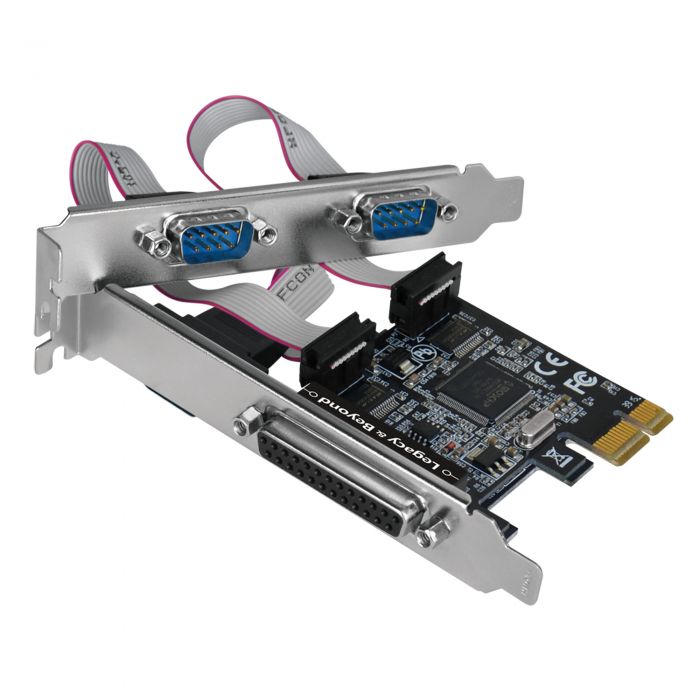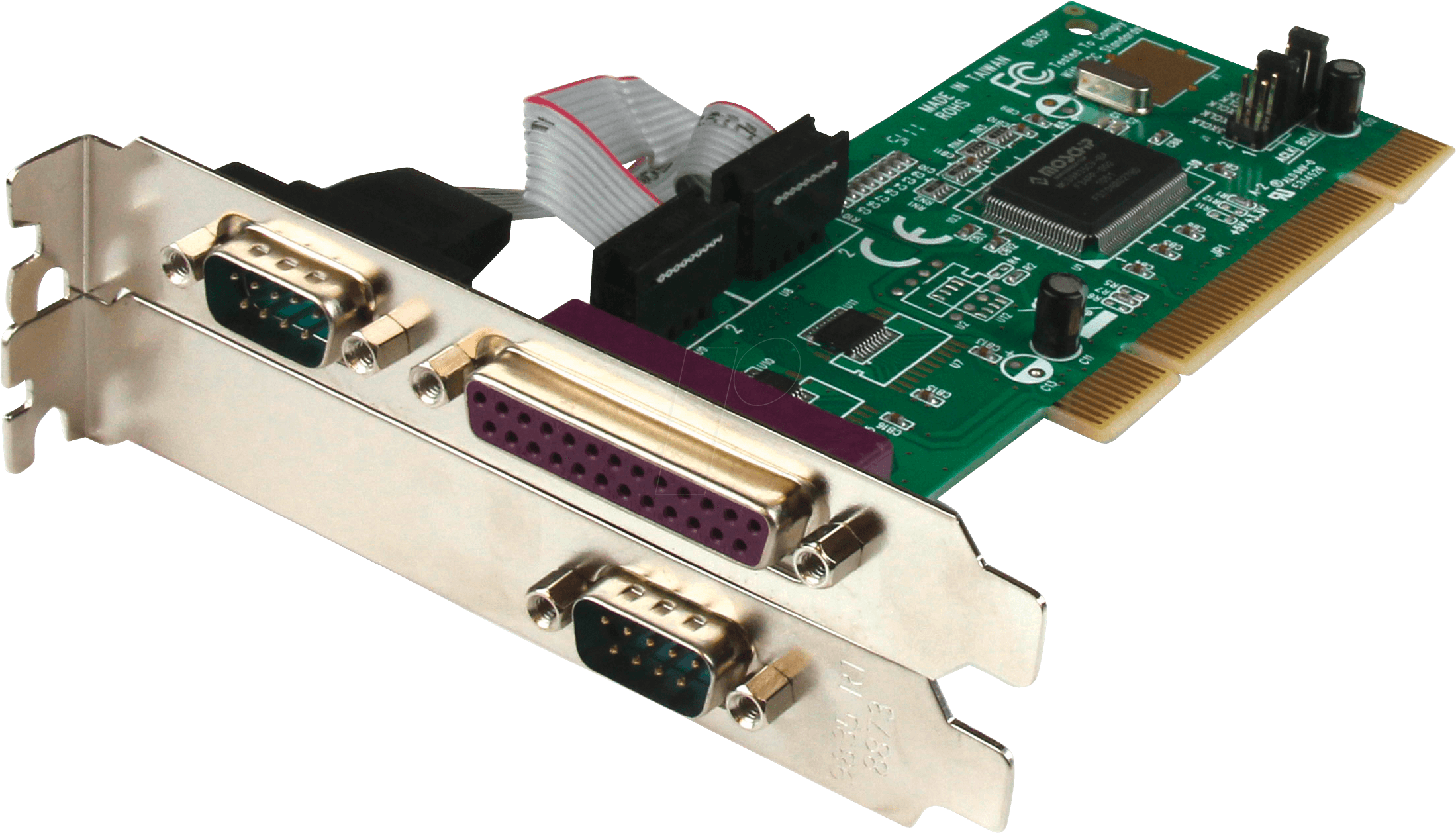

In general there is a master device that controls all communications over these links and slave devices that just do what they're told. One computer talks to one printer or one modem (per cable). When we talk about serial and parallel peripherals for a PC, historically we talked about a point-to-point link.

Several people have given you good answers to your question.īut there's another distinction nobody has mentioned yet. Other protocols used at different layers of the stack are, as mentioned, TCP, UDP, HTTP and many others. The application layer (for example HTTP) contains all protocols for specific data communications services on a process-to-process level (for example how a web browser communicates with a web server).Įthernet and WiFi are examples of protocols that can work as Network Access Layer, providing the physical medium and the basic transmission rules (like the encoding of symbols) for the Internet connection. The transport layer (TCP) handles host-to-host communication. The internet layer (IP) connects local networks, thus establishing internetworking. The link layer (commonly Ethernet) contains communication technologies for a local network. It has four abstraction layers, each with its own protocols. It is commonly known as TCP/IP, because of its most important protocols: Transmission Control Protocol (TCP) and Internet Protocol (IP) The Internet protocol suite is the set of communications protocols used for the Internet and similar networks, and generally the most popular protocol stack for wide area networks. This is the OSI model stack, compared with the TCP/IP model used for Internet: you can see that Internet is defined at the network level, while the serial protocol (in strict sense, not the implementation) is defined by the physical layer, at the base of the stack.įrom Wiki about the Internet protocol suite: While Internet (excluding things that are commonly associated with it, like HTTP) belongs to the upper layers (the Network layer), serial communication is just a way to define the Physical layer. Each level is a different abstraction layer, and adds rules or details that define the communication protocol. OSI stands for Open Systems Interconnection (ISO is the International Standardization Organization), and it's a model which defines the structure used to transmit data between every kind of devices. Incidentally, a 10-base-T Ethernet connection sends individual bits in sequence, but higher-speed cabling often uses various signalling methods to send multiple bits at once. On the other hand, if X is delivered at 1:47:12 and Y is delivered at 1:47:15, it's entirely possible that Y was sent first but X took longer to arrive. If packet X is delivered Sunday at 11:47am and packet Y is delivered the next day at 3:28pm, one can safely assume that Y was sent after X. Further, there only guarantees that can be made with regard to chronological sequencing of packets relative to each other are highly vague.

All Ethernet and Internet systems guarantee that when a packet is sent from one node to another the arrangement of bytes made available to the recipient will match the arrangement of bytes supplied by the sender, but there is no common specification requiring that the chronological order in which data are transmitted have any relation to their arrangement within a packet.
#What is a parallel serial port software
A "serial port" is guaranteed to transmit bytes of data in the chronological sequence that software supplies them, and make them available to software in the chronological sequence they are received it would be rather useless if it did not.It just knows that some short time after one controller is fed a packet and told to send it, another controller will report that a packet is available, and allow software to read it. Although bits and bytes might be sent over the wire serially, software neither knows nor cares. By contrast, most Ethernet devices will wait until software has supplied an entire packet (between bytes) before they begin transmission, and will wait until they have received and validated an entire packet before they make any of it available to software. In nearly all cases, RS-232 ports their logic-level equivalents transmit individual bytes as they are received from software, and individual incoming bytes available to software as they are received.Note that USB avoids such confusion mainly because it seldom referred to as "Universal Serial Bus", so the existence of the word "serial" in its long-form name is a non-issue. In the era when RS-232 ports were common, it so by far the most common means of bit-at-a-time communication, so much so that the term "serial port" became synonymous with "RS-232 port" using the term "serial" in connection with anything else would add confusion.


 0 kommentar(er)
0 kommentar(er)
